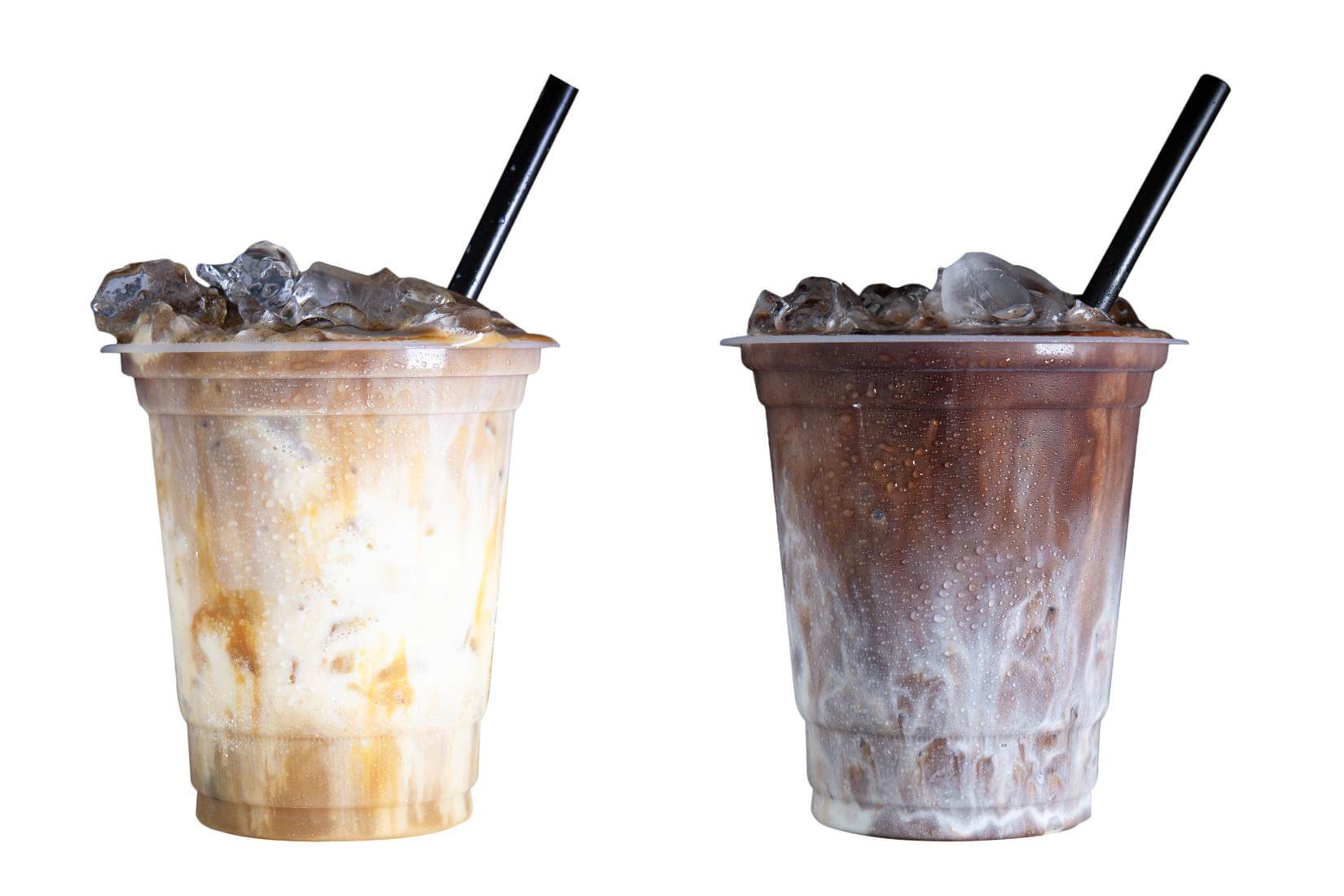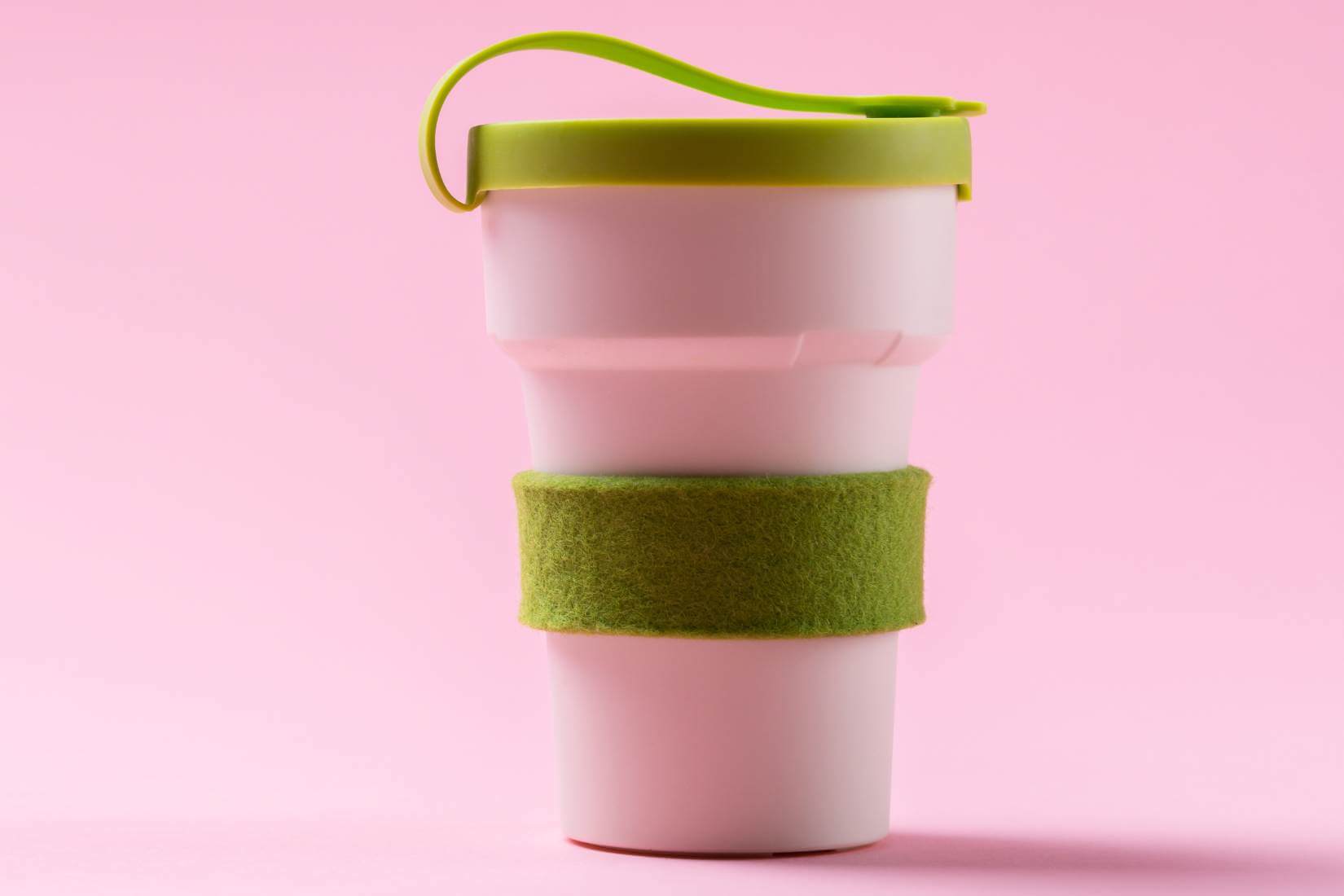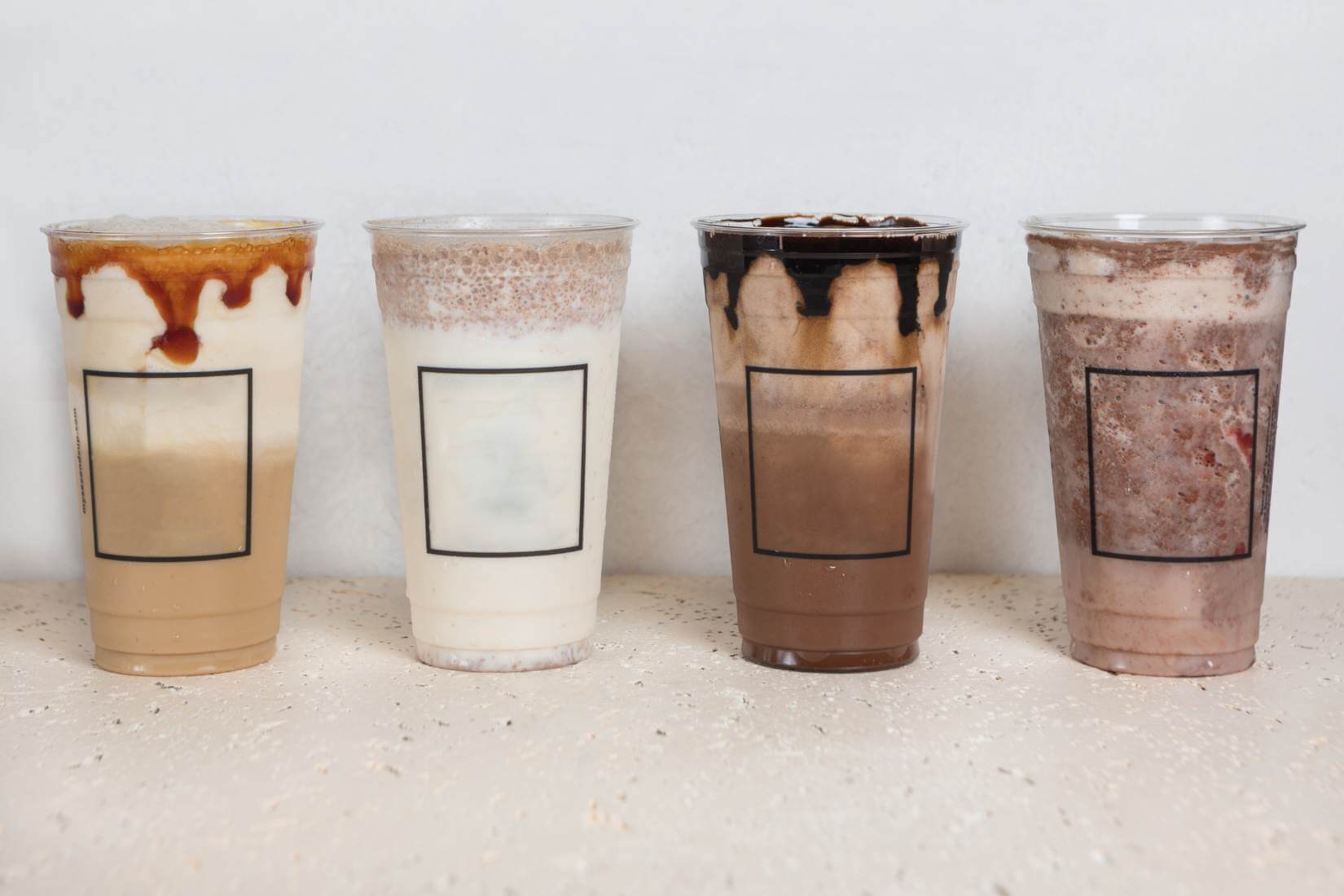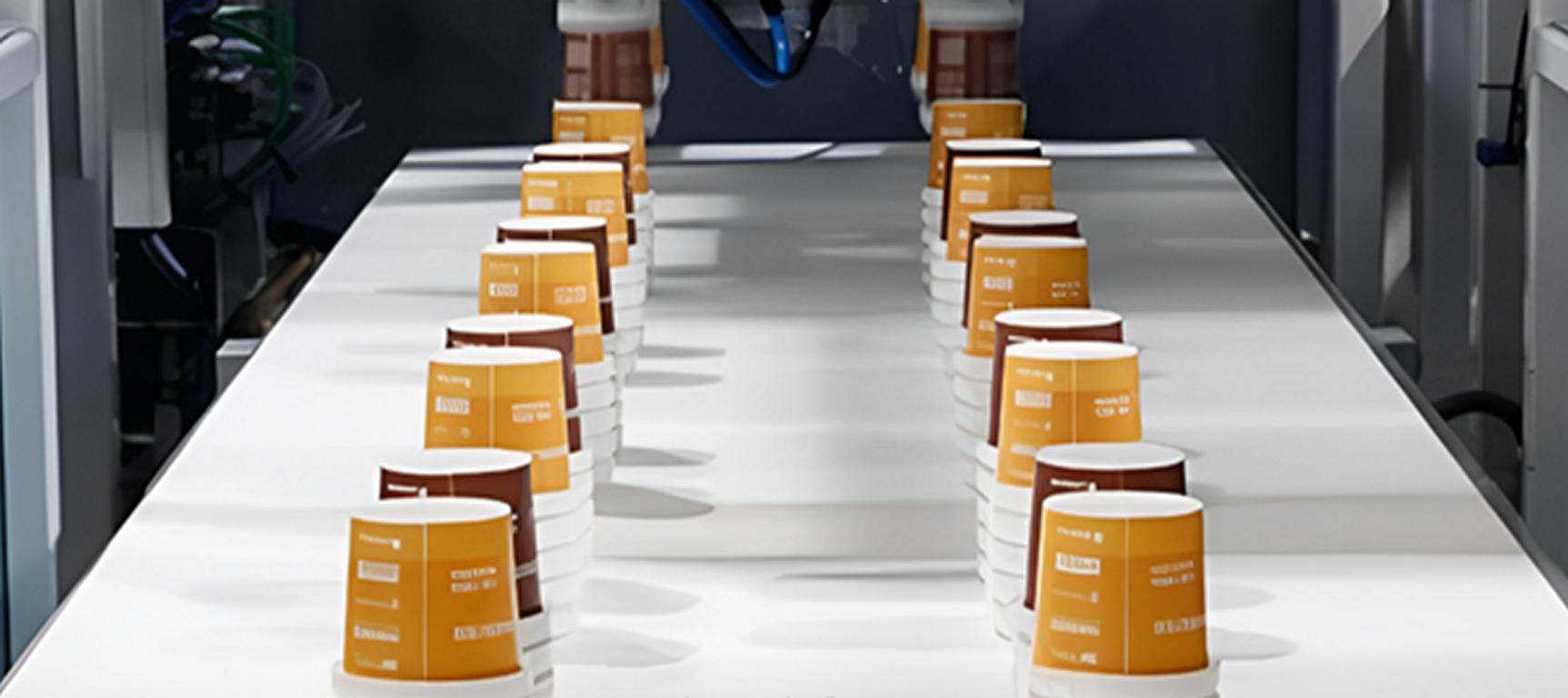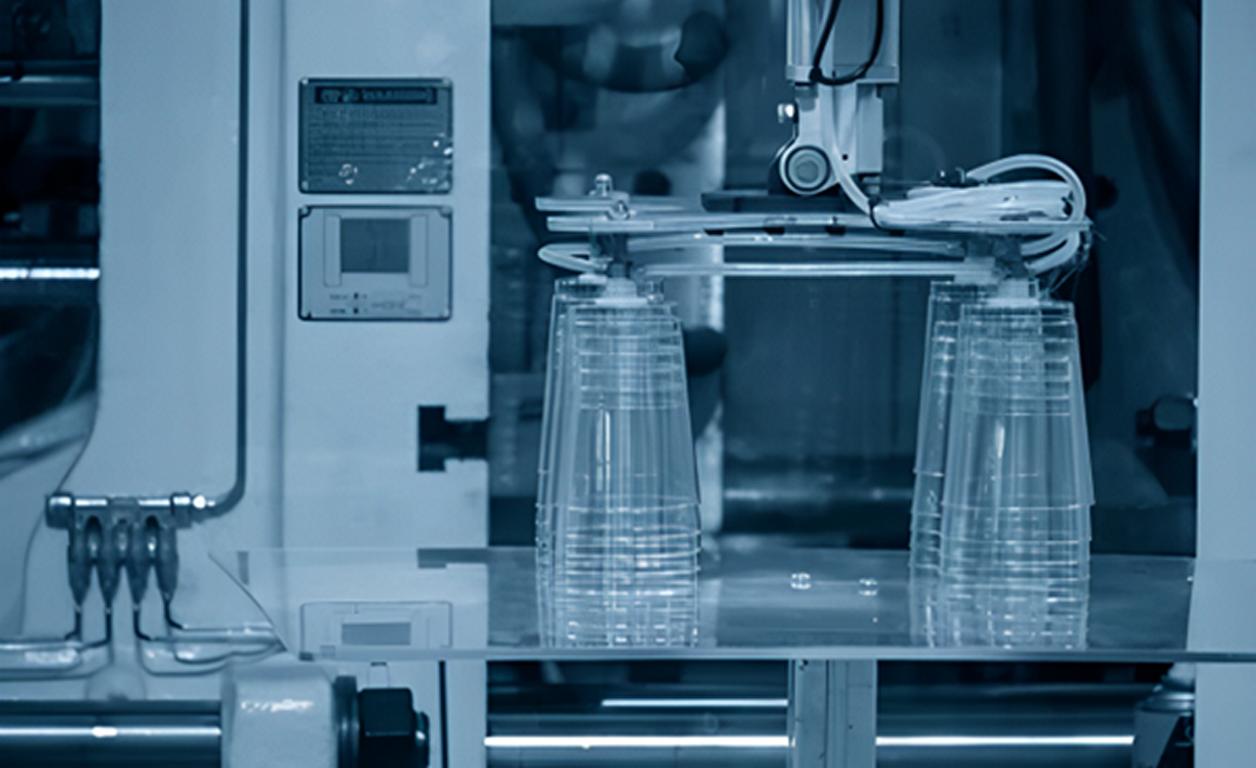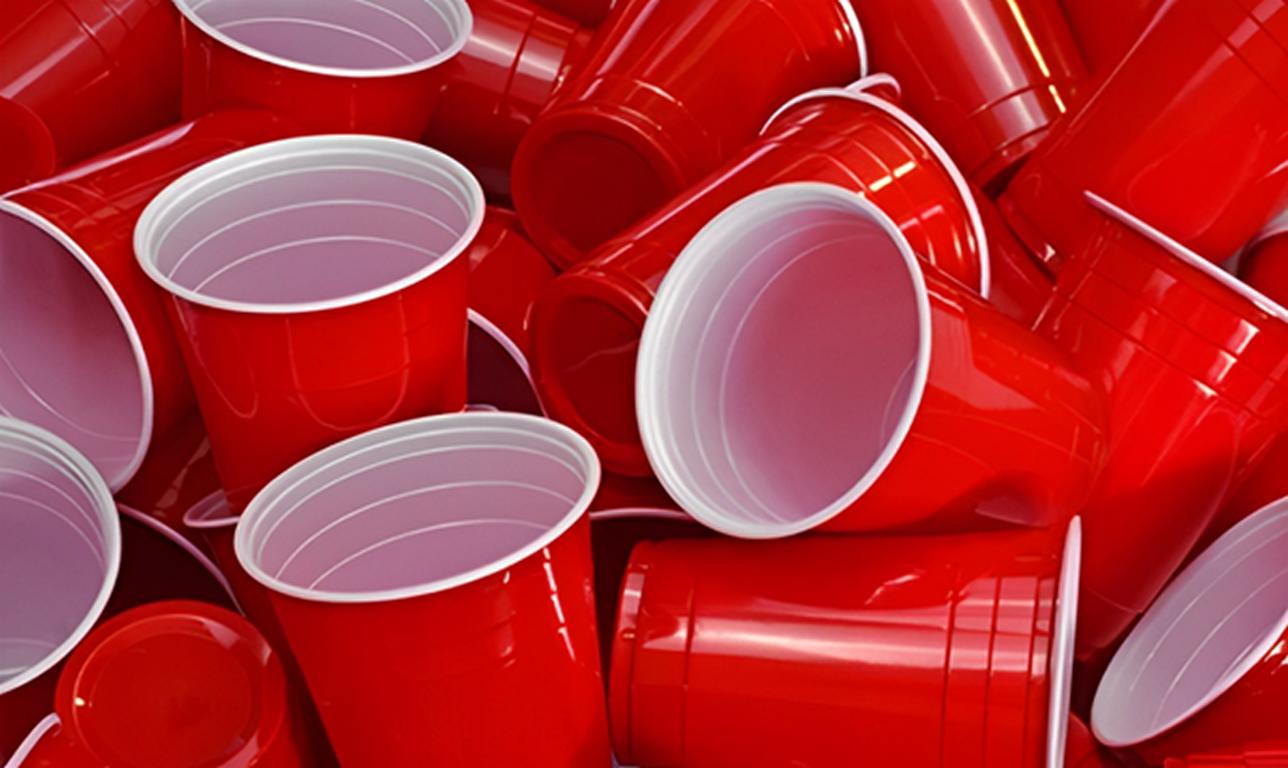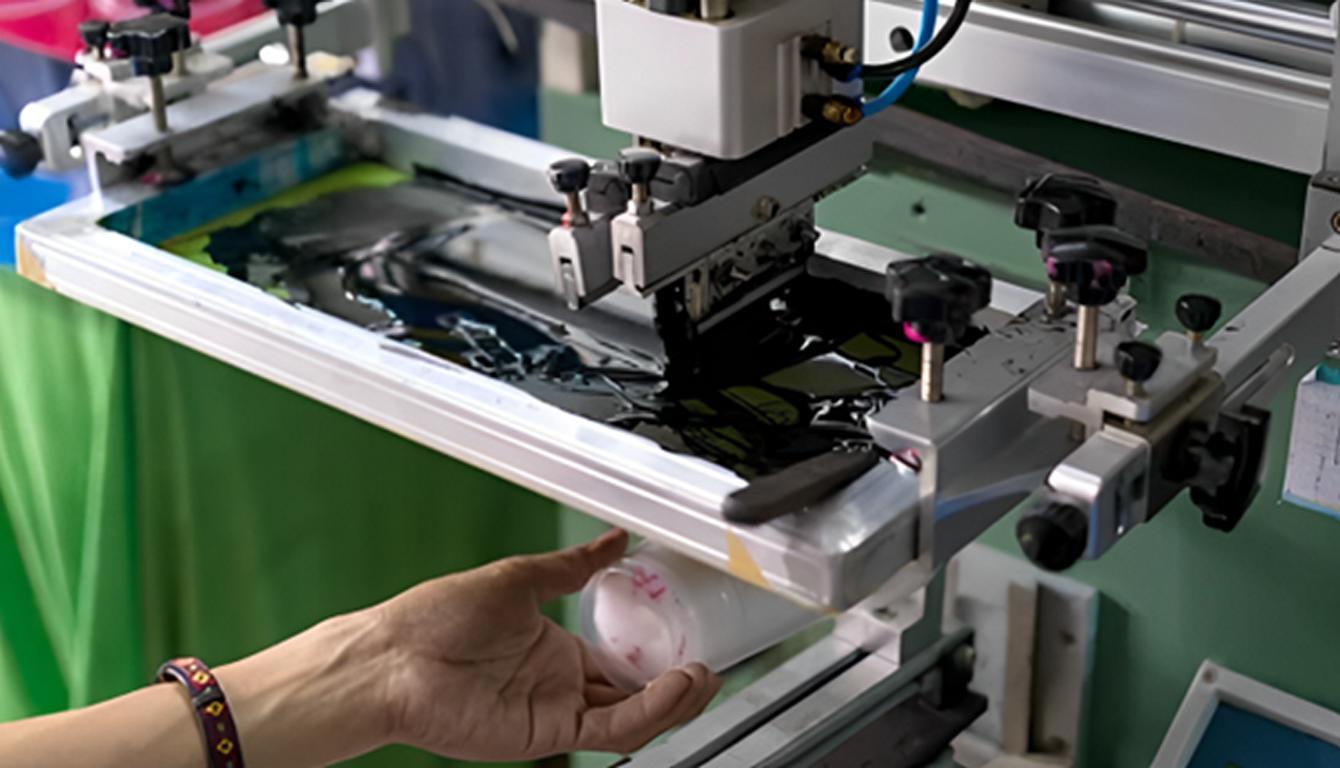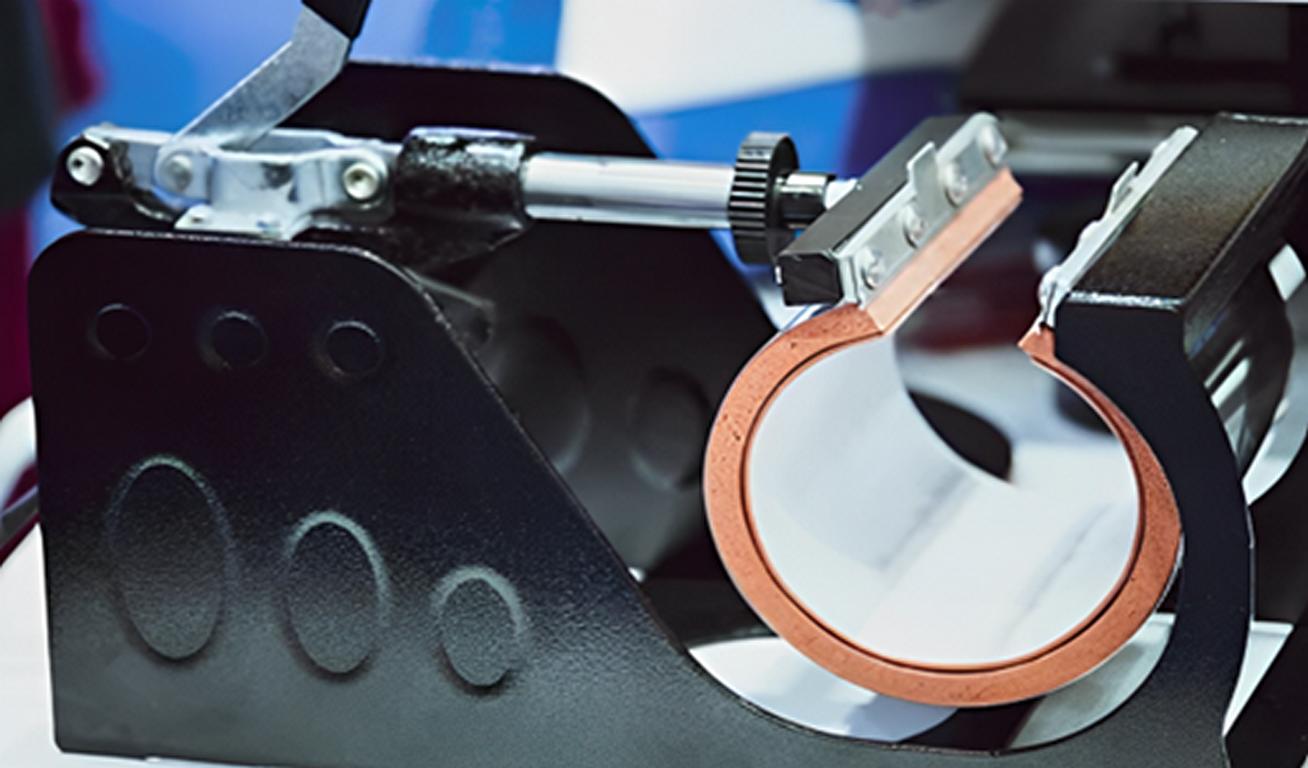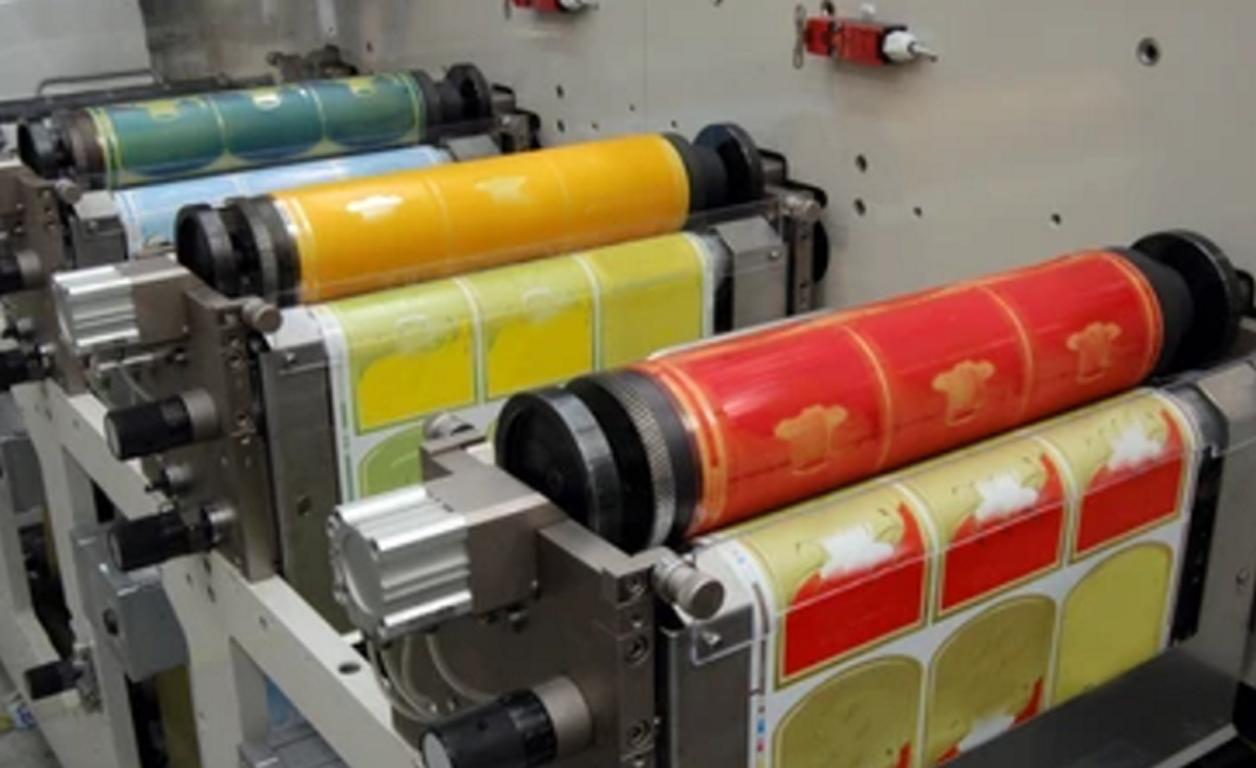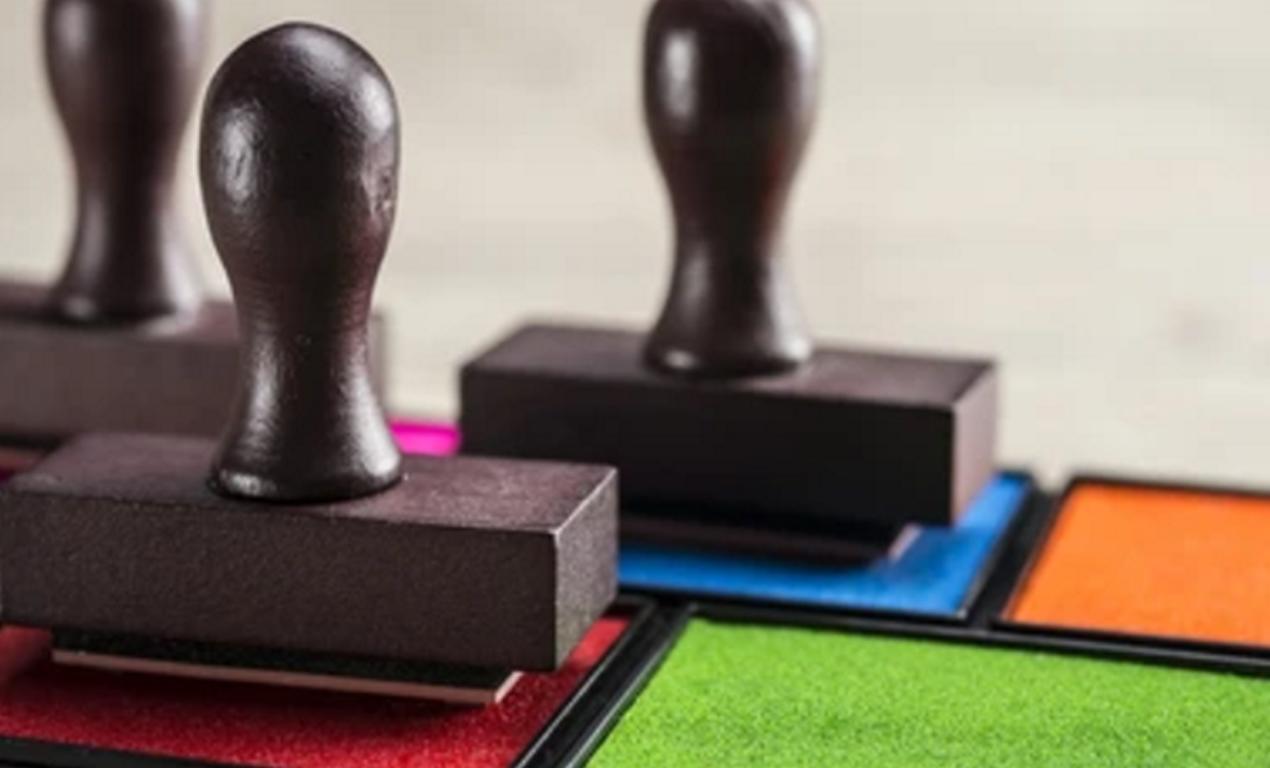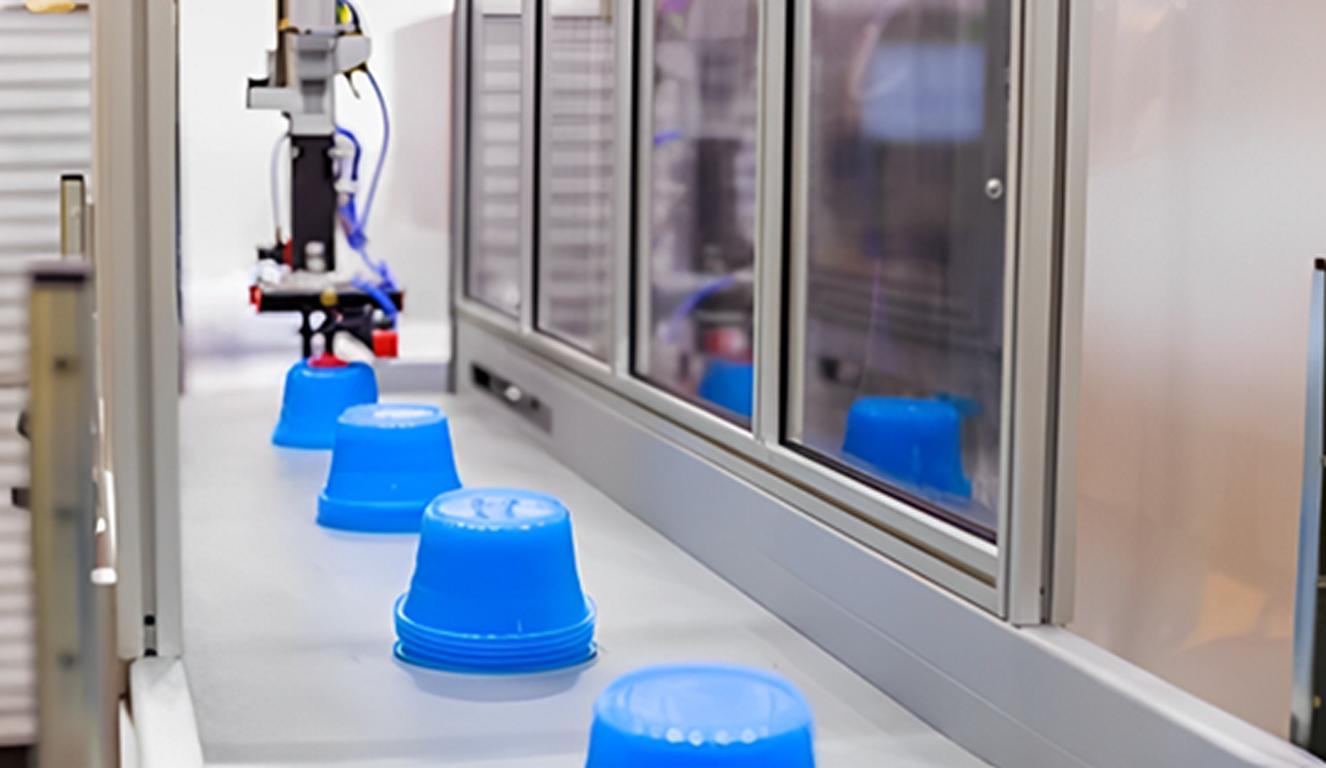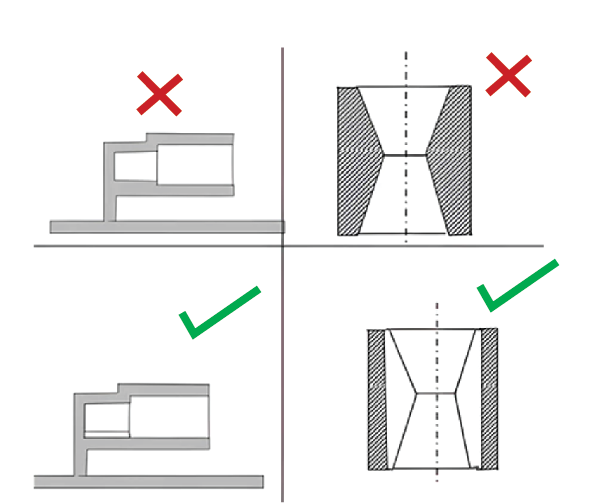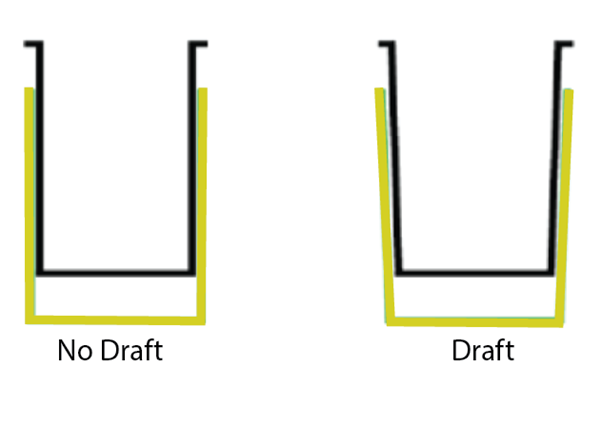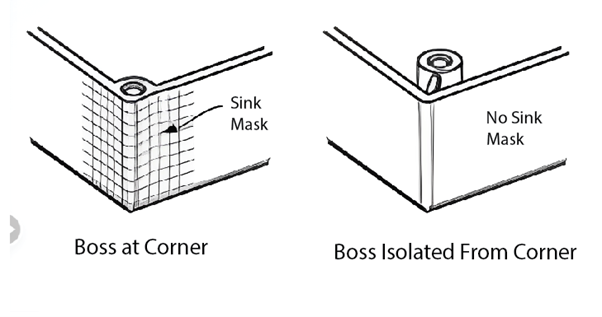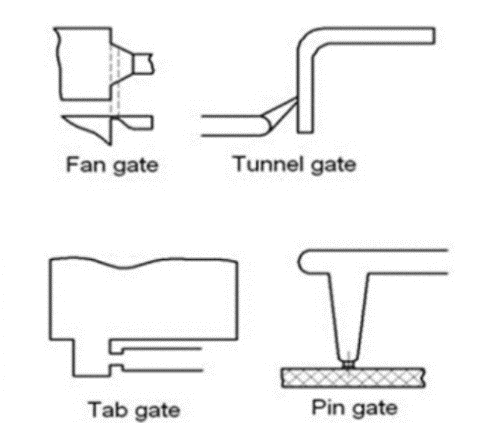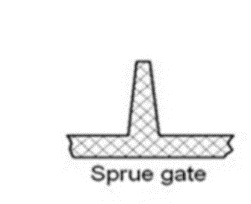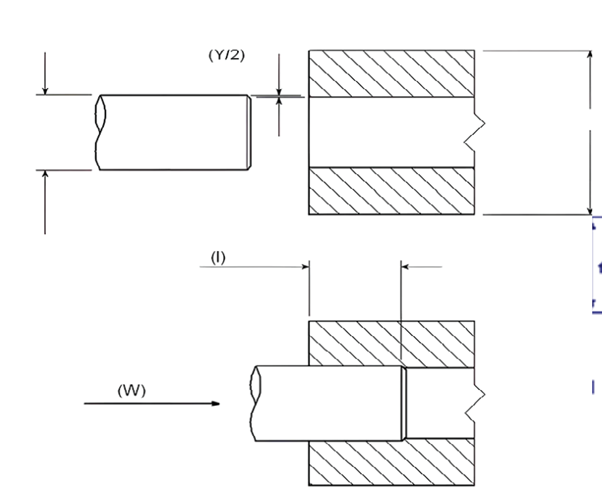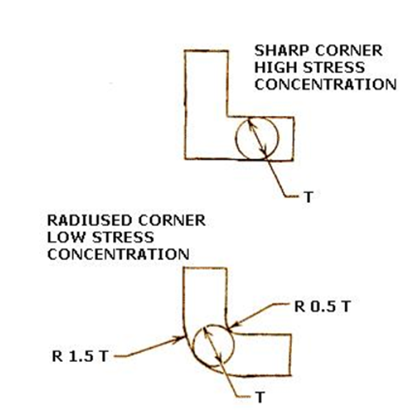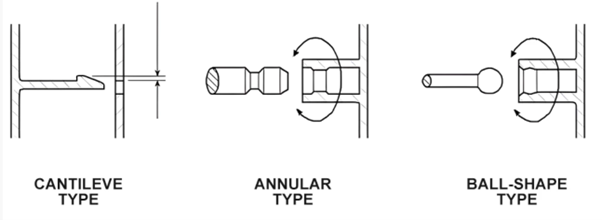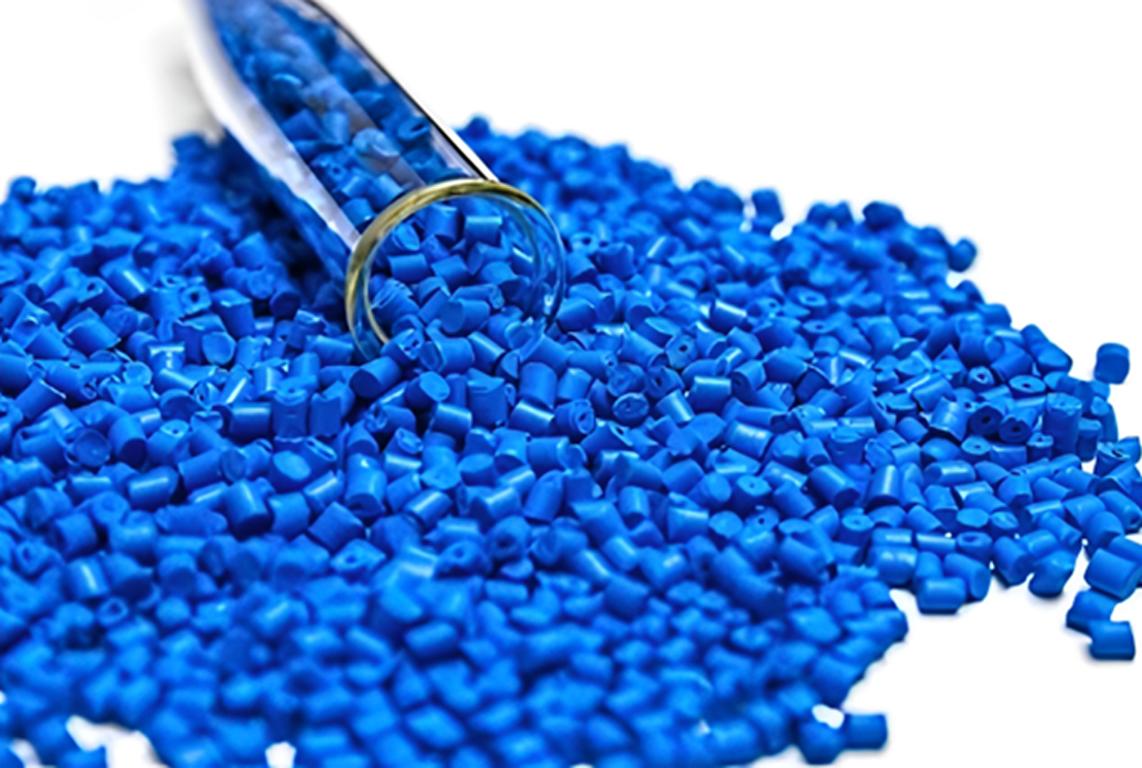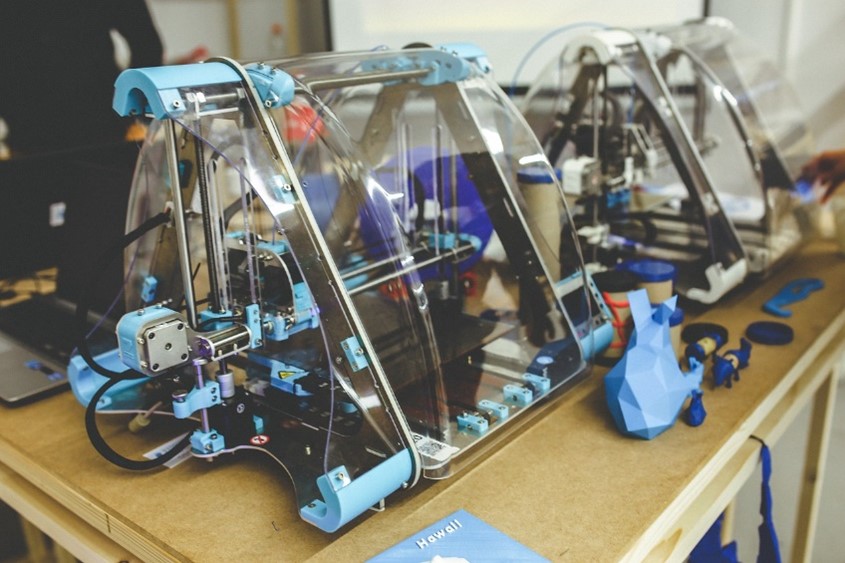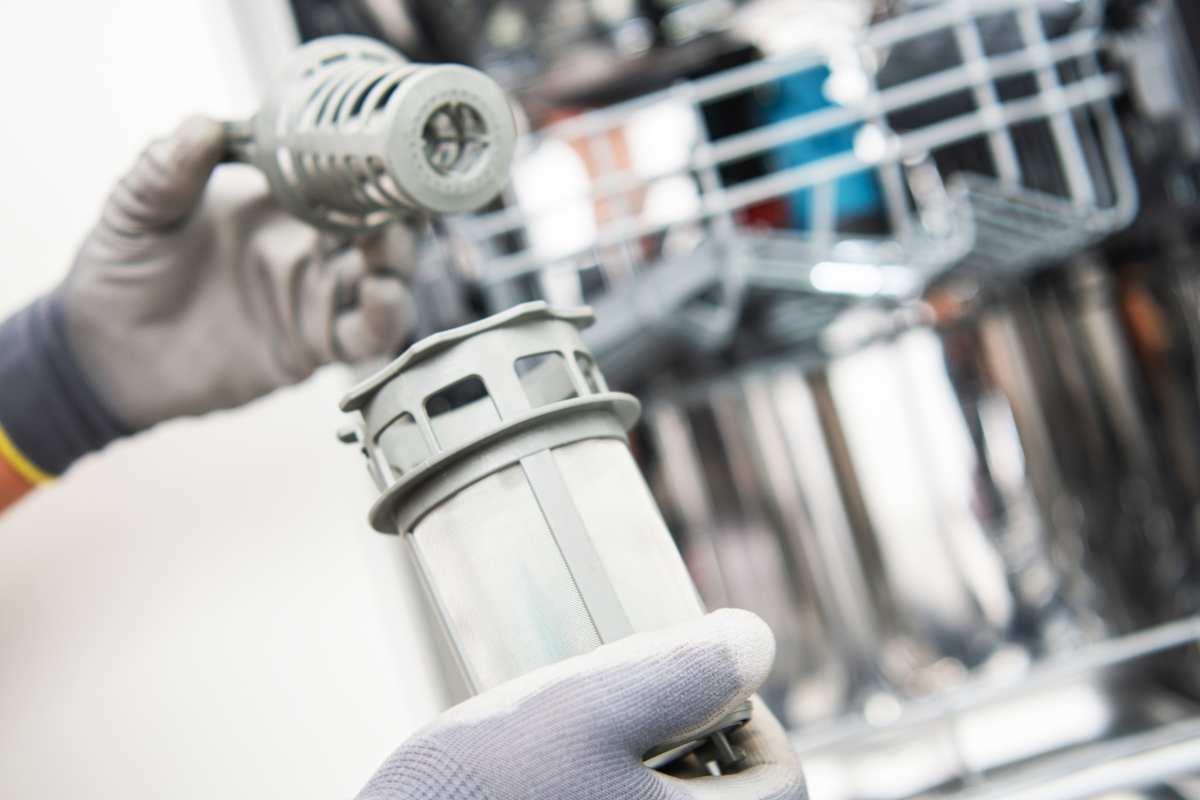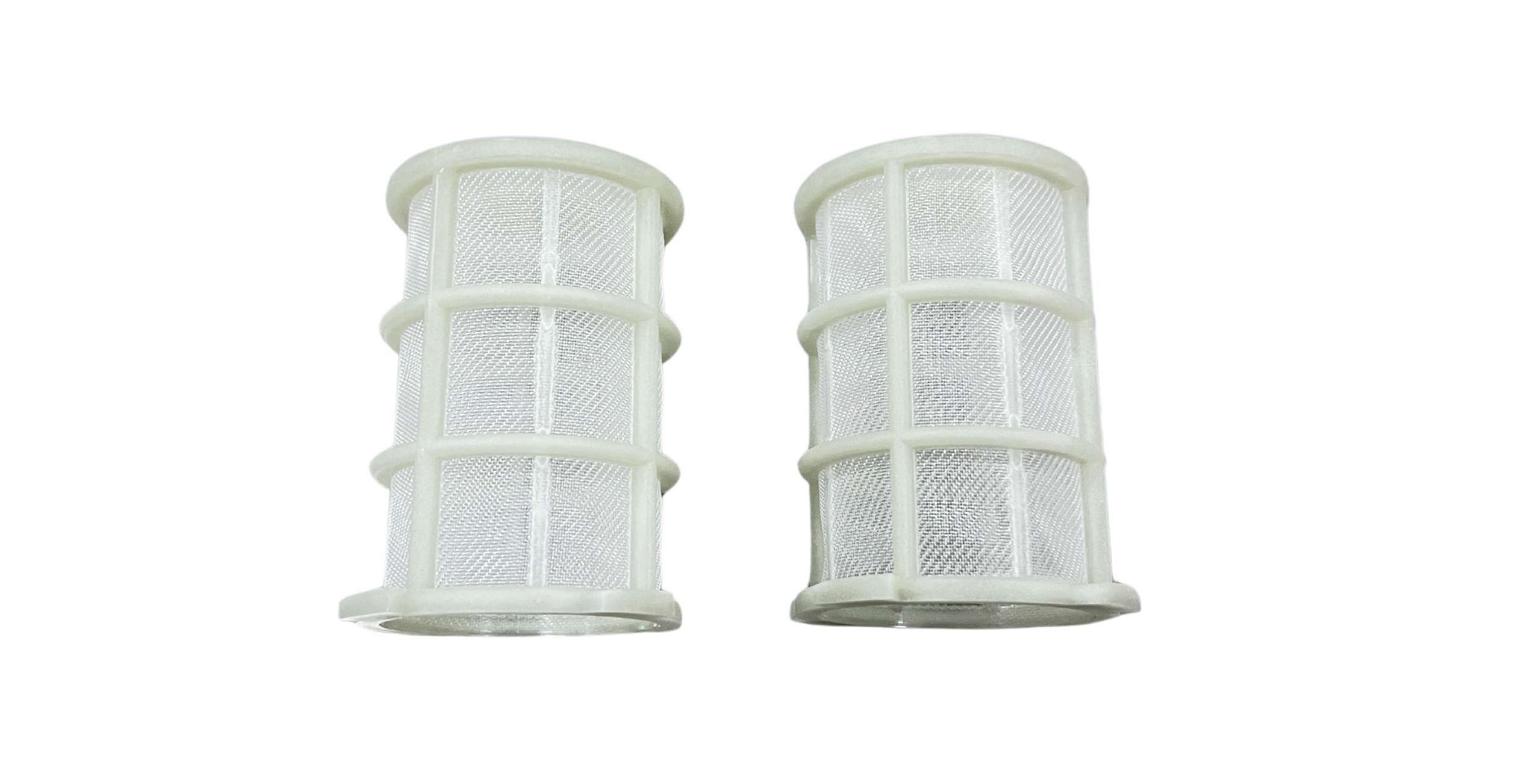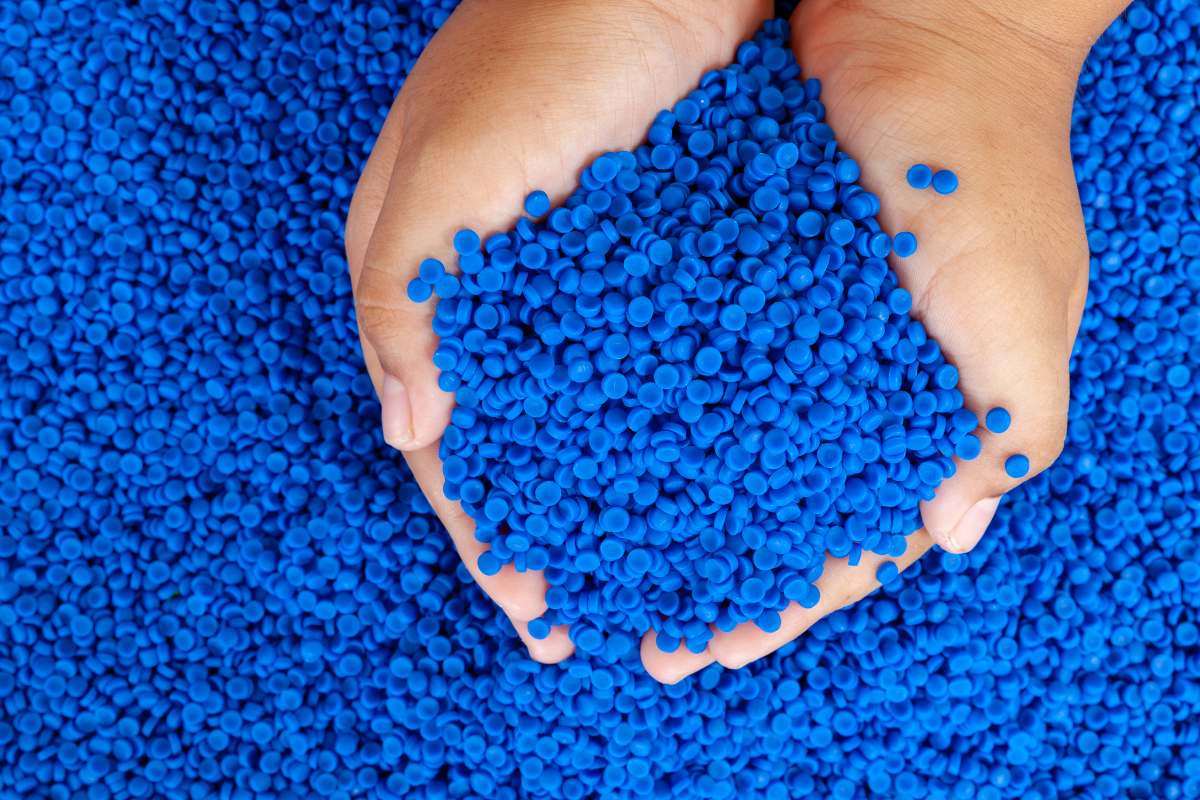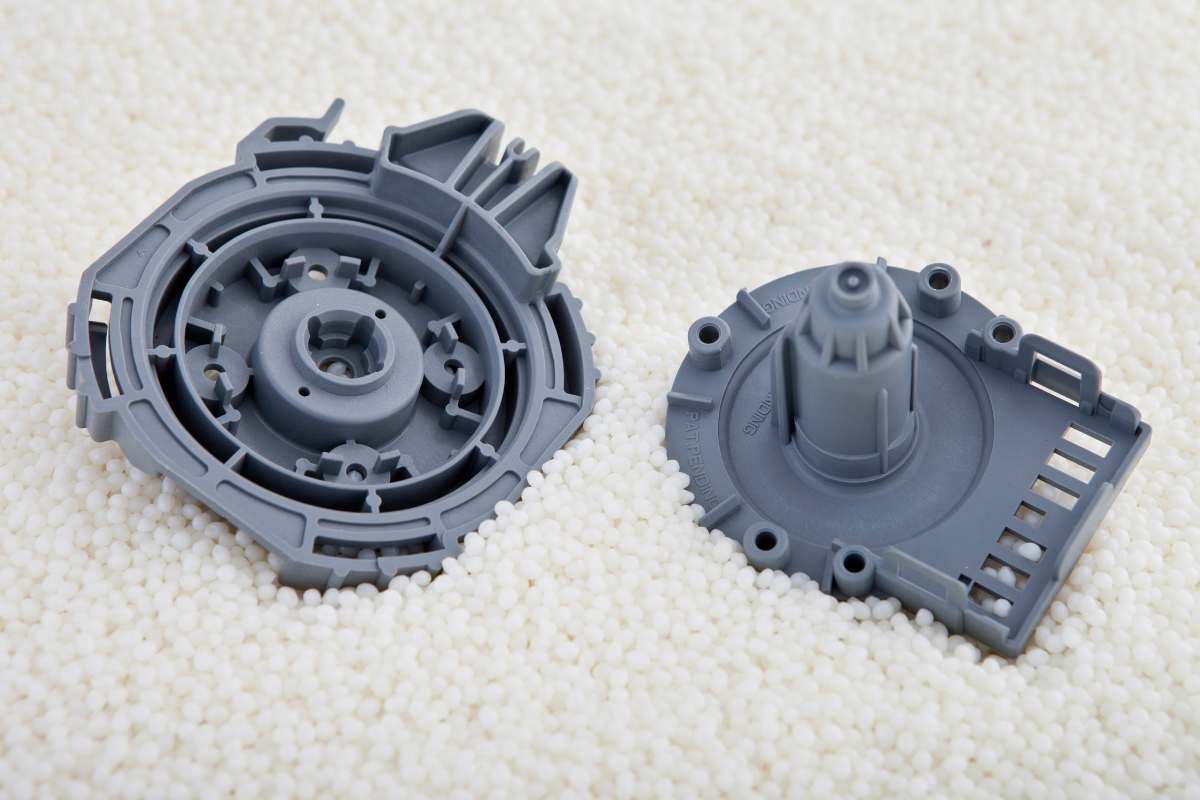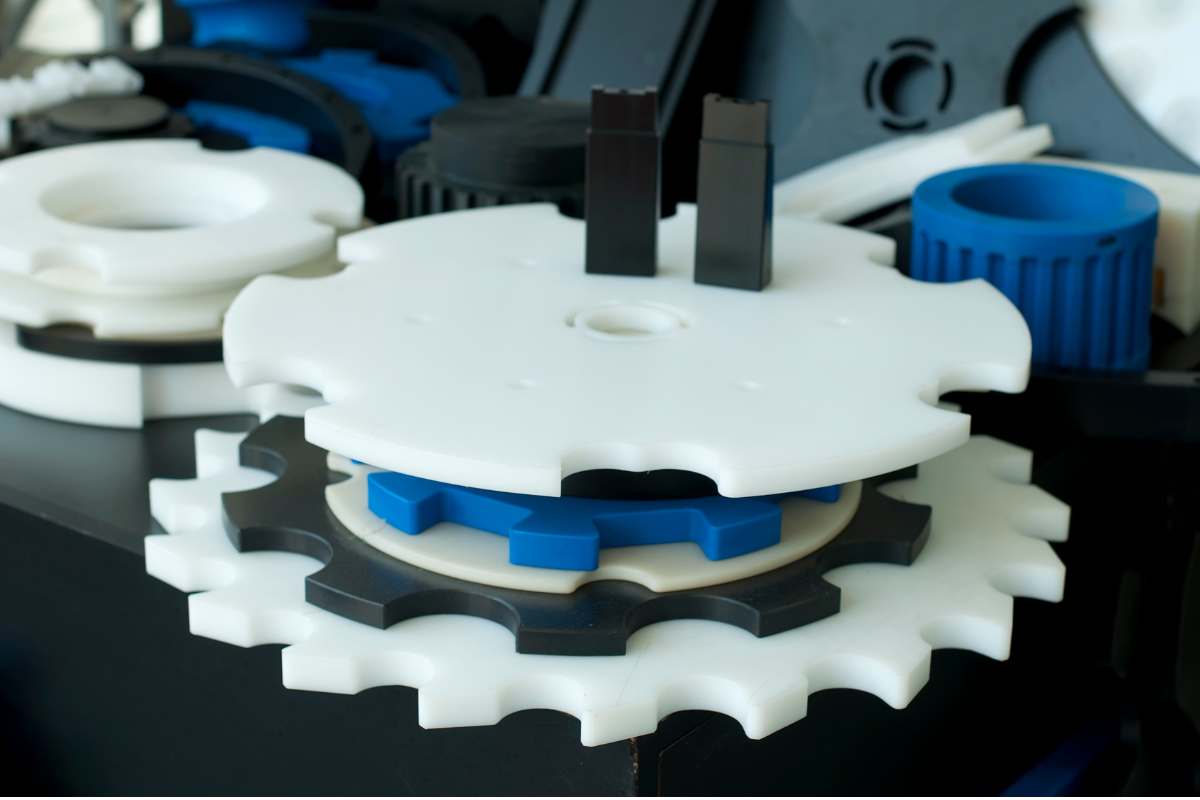Mexico is quickly becoming a playground for plastic injection molding companies. Plastic injection molding services seek technical specifications and expertise. Various materials are key ingredients in plastic injection molding services, including glasses, elastomers, confections, thermoplastics, and thermosetting polymers. A molding company is the go-to place for plastic injection molding services.
In today’s world, many plastic injection molding companies are appearing in the plastic market. Rapid technological advancements are the primary reasons for this. A plastic injection molding company must have an apt workforce and a strategic geographical location. Injection molding companies are familiar in different corners of the world, including Mexico.
But, selecting a specific vendor in Mexico can be overwhelming. In this article, we will make the task easier for you. We are catering to the top 10 plastic injection molding companies in Mexico. You will get an overview of the plastic injection molding companies in Mexico. Let’s explore then-
Plastic Injection Molding Companies in Mexico

Rank #1 Core Molding Technologies
Core Molding Technologies (CMT) is an expert among plastic injection molding companies. They mold large surface and structural components in thermoplastic and thermoset materials. Core has a track record supporting medium and heavy-duty truck and power-sports industries. New markets include con-ag, building products, industrial and utilities products.
Core is based in Columbus, Ohio, and has seven locations in North America. Some of the best plastic injection molding services can be found at CMT. This business has been making plastic molds for a long time and has thousands of happy customers. Their plant makes plastic molds using cutting-edge materials to make long-lasting goods.
Main services
- Custom Production
- Composite mold construction
- Design and Engineering
- Blackbox and gray-box design
- 6-Sigma Program Management
- Full EDI Capability
If you are looking for plastic injection molding companies near me in Mexico and USA that could offer above services, you may contact them for quote.
Pros
- Core Molding Technology is excellent for making production systems that work well. It ensures both quality and effectiveness.
- They also pay attention to green methods and ensure that production is environmentally friendly.
- They have many service centers worldwide, which gives them a strong foothold in important plastic markets.
- Getting around to their website, especially the service page, is easy.
Cons
- Their service cost is much higher than the usual costs.
- Their primary focus is on manufacturing structural and auto parts. Thus, if you are looking for regular items, CMT may not be the best place.
Year Established: 1996
Employees: more than 5000
Address: 800 Manor Park Drive Columbus, OH 43228, and Mexico
Website: https://coremt.com/

Rank #2 Providence Plastics
Providence Plastics Mexico is one of the leading plastic injection molding companies. For more than 20 years, it has provided custom injection molding services and value-added tool design/fabrication post-mold operations. Although its assembly operation is in Monterrey, Mexico, it also manages sales, engineering, and project management for US customers in Texas.
Their management is stern. Lean manufacturing and innovative management practices alienate them from others. They can make timely decisions. They often improvise to meet customers’ demands. Ownership includes customers who are confident of super personalized service. They are paving the way for other plastic injection molding companies.
Main Services
- Tool & die design
- Ultrasonic welding
- Hot stamping
- Assembly, if you need product assembly services China, contact sincere tech.
- Pad printing
- Fabrication
Pros
- Providence Plastics offers competitive pricing. So, it saves your cost.
- They maintain the quality.
- Their manufacturing is flexible. You can customize your desired products.
- The plastic molding company responds quickly to customers’ ever-changing needs.
Cons
- The plastic mold factory has a small number of employees. So, it can be an issue for a bulk amount of production.
- They lack a well-designed website. You may struggle to communicate with them online.
- Their logistics are not yet that strong. Sometimes, they might miss the deadline.
Year Established: 1968
Employees: more than 500
Address: Geo #200, Parque Ind. Kalos Guadalupe Guadalupe, NL,67190, MEXICO.
Website: https://providenceplastics.com/
If you are looking for plastic injection molding services in Mexico that could offer product assembly services, Ultrasonic welding, fabrication and pad printing services, you may contact them for quote.

Rank #3 Plastek De Mexico
Plastek De Mexico belongs to the parent group Plastek Industries, Inc. This plastic molding company is a world-class supplier of your plastic needs. It is also a trusted source of premium injection molding tools and rigid plastic-molded packaging. Plastek can provide a good number of targeted solutions. It meets your company’s unique challenges. They have more than 65 years of experience. As a result, many businesses opt to receive their injection molding services.
Main Services
- Industrial design
- Product and package development
- Injection, injection blow, and injection stretch blow molding
- Assembly and decoration with added values
Pros
- Plastek De Mexico always has new ideas in plastic processing. If you are looking for the latest products, they might suit you.
- Their team has expert mold designers. The experts are very much conscious of quality products.
- You will find them easy to reach and communicate online and offline anytime.
Cons
- The molding services are relatively more expensive than those of other injection molding companies.
- They mainly make molds for regular items. If you are looking for large plastic molds or products, this place may not be suitable.
- Although the website shows a convenient way of communication, it is slow.
Year Established: 1956
Employees: more than 500
Address: PLASTEK DE MEXICO, Av. Jurica 124, La Versolilla, 76220 Santa Rosa Jáuregui, Qro., MEXICO.
Website: https://www.plastekgroup.com/
If you are looking for plastic injection molding companies near me in Mexico that could offer package services, you may contact them for quote.

Rank #4 Jabil Injection Molding
Since 1987, Jabil has advanced customers’ molding capabilities. It has accelerated product launches through two strategic steps: practical cooperation and mutual partnership. Jabil uses the latest mold technologies in the manufacturing process, which leads to savings of hundreds of thousands of dollars a year in high-volume runs.
Jabil’s expertise in injection molding improves the credibility of the total manufacturing process. The plastic molding company serves the healthcare, packaging, and consumer-electronics markets. The plastic mold factory has over 160 mold-industry experts. This team uses required engineering tools, accurate machining centers, and quality systems.
Jabil guarantees industry-leading accuracy and 100% mold component interchangeability. Their 3D computed tomography (CT) scanning also makes parts and assemblies fault-free. This helps to get fast, accurate results, saving customers significant time and effort.
Main Services
- Plastic part optimization
- Mold engineering development
- Mold-life asset management
- High-precision mold manufacturing
- Mold qualification and plastic part validation
If you are looking for plastic injection molding services in Mexico that could offer above maintioned services, you may contact them for quote.
Pros
- Jabil has about a million square feet of manufacturing space, so you need not worry about a huge production at Jabil.
- Their sites are present in 30 countries with strategic benefits. They are reachable from almost any corner of the world.
- They have a dedicated pool of employees worldwide. You can expect top-notch service from them anywhere.
Cons
- Jabil mainly focuses on creating injection molds and tools. These are good for tooling and repairing, but they are not suitable for producing plastic parts.
- It is challenging to navigate to their contact page. Even if you have found it, the response time is very slow. So, it might prefer visiting physically to their service branches.
Year Established: 1987
Employees: more than 8000
Address: Unnamed Road, N.L., MEXICO.
Website: https://www.jabil.mx/

Rank #5 Bemis Injection Molding
As a plastic molding company, Bemis has rich experience in materials and technologies. It allows them to tackle challenges that other companies might find difficult. Being a trusted molding company, they earned reputations through years of proven innovation. Successful collaboration in plastic injection molding services makes them unique.
Their goal is to perform the most innovative processes and deliver leading-edge solutions. Their approach is overall customer-centric. They have three state-of-the-art manufacturing facilities and almost 2 million square feet of production capacity. They are always keen to deliver industry-leading solutions to their customers. Bemis adapts, evolves, and pioneers others regardless of time.
Main Services
- Multi-barrel over molding
- Co-injection molding
- Sequential injection molding
- Insert injection molding
- Gas assist injection molding (internal and external)
Pros
- Bemis has a knack for selecting superior materials. They use excellent materials for all the products.
- They are capable of large-part molding and complex tooling. If you need plastics that are complex in structure, no worries; Bemis is there.
- Bemis produces products with increased durability among the plastic injection molding companies. So, you can use their products for a long time.
Cons
- Bemis is only okay for a limited amount of products. They have a limitation for large-scale manufacturing.
Year Established: 1858
Employees: more than 8000
Address: Av. Texas 200,Parque Industrial Nacional,Ciénega de Flores, N.L. 65550, México.
Website: https://www.bemisdemexico.com/
If you are looking for plastic injection molding services in Mexico that could gas assist injection molding, CO-injection molding, overmolding services, you may contact them for quote.

Rank #6 Produxworld
Produxworld is another plastic mold factory you may look for. They are industrial plastic recycling experts. They buy industrial scrap plastic and convert it to useful materials. The materials help to make everyday products across many industries. Team Produx controls every step of the industrial scrap recycling process.
The molding company buys its materials from the US and Mexico. The processed products at the Baja, Mexico plant go to the US, Mexico, Canada, and China. Produxworld strives to be a company that may keep an impact on the global community. They contribute by helping to reduce the amount of plastic that enters our landfills.
Main Services
- Glass Filled Nylon 66 repro pellets
- Unfilled Nylon 6 repro pellets
- ABS repro pellets and regrind
- HDPE repro pellets and regrind
- HMW repro pellets
- LDPE repro pellets
- PVC regrind
If you are looking for plastic injection molding services in Mexico thatabove mentioned services, you may contact them for quote.
Pros
- Produxworld has a unique way of material sourcing. You can even supply them with scrap raw materials.
- Their production capability is diverse. As a result, you will get a variety of products from them.
- Their quality control & testing is very sharp. You can rely on them for quality, at least.
Cons
- Production cost is a bit high in Produxworld. Look at your budget before choosing them.
- Their delivery time is longer than others. So, you have to keep enough time to expect their delivery.
- In a true sense, they do not specialize in plastic injection molding services. They are more of a recycler.

Rank #7 Orbis Plastic Molding De Mexico
Orbis is a subsidiary of Menasha Corporation. With Menasha Corporation’s power, they’ve covered your entire supply chain. It’s the most prominent independent North American packaging, display merchandising, and signage manufacturer. Altogether, they help customers protect, move, and promote their products better than anyone.
The molding company believes there is a better way to optimize today’s supply chains. With reusable packaging products and services, the business moves to the next level. The plastic injection molding services include manufacturing, purchasing, engineering, customer support, and sales.
Orbis understands that not all packaging requirements are alike. Automotive companies increase sustainability within their supply chain. Reusable products can fit and protect components in transit. Their side-loading features improve productivity and reduce worker strain, bringing social benefits to employees and the community.
Main Services
- Custom packaging
- Engineering services
- Bulk containers
- Waste and recycling containers
- Environmental Audit
- Reusable Packaging Management
Pros
- Orbis can provide solutions for any supply chain through continuous efforts.
- Customer review speaks in favor of Orbis. So, of course, there is something special about them.
- They maintain automated systems in their production, keeping less space for mistakes.
Cons
- To be honest, Orbis needs to gain injection expertise. They are more concerned about recycling things.
- Their products are costly. Extra costs can be burdensome for you.
If you are looking for plastic injection molding services in Mexico that could offer custom packaging, bulk containers services, you may contact them for quote.

Rank #8 Plasticos Cielo
Plasticos Cielo is a Mexican molding company with over 20 years of experience. Its main job is to produce various plastic products. The company is dedicated to the design and development of plastic products. It also markets, transforms, and manufactures plastic products. It has the most advanced injection machines.
The plastic molding company guarantees excellent quality products and maintains cutting-edge technology in all its processes. The plastic mold factory envisions being a leading company in plastic items and ensuring top-notch quality for customers. Its plastic injection molding services manufacture plastic parts with automatic machines. Its location is in Villa Gustavo A. Madero, Mexico.
Main Services
- Thin wall injection molding
- PVC injection-mold
- Rapid prototyping
- Post-processing
- IMD injection molding
Pros
- They have a good quality maintenance. You can trust their quality.
- Production cost is profitable in this molding company. You may save your bucks here.
Cons
- They offer only a limited range of products. That gives finite options to the buyers.
- They lack a dedicated website containing their services. Language can also be a barrier, as the online communication medium is Spanish.
If you are looking for plastic injection molding services in Mexico that could offer PVC injection molding and IMD injection molding services, you may contact them for quote.

Rank #9 EVCO Plastics
EVCO Plastics was founded in 1964. Since then, it has become a place that pushes the boundaries of what’s possible. The molding company takes pride in uncovering opportunities to reduce its ecological footprint. It contributes to a healthier planet by driving innovation and improving operational efficiency.
Their teams are always looking for ways to optimize the manufacturing process. They identify the highest-quality technology, robotics, and automation, resulting in a one-step advantage. Plastics News ranks EVCO Plastics among the top 100 plastic injection molders. In 2015, it became “Plastics Processor of the Year.”
Main Services
- In-mold decoration and label
- Gas assist injection molding
- Multi-shot molding
- Liquid silicone rubber injection (LSR) molding
- Stack molds
Pros
- EVCO provides single-use packaging solutions. This is a handy feature for the buyers.
- They always give you a competitive advantage. In this aspect, they are unique.
Cons
- Their scarce investment in research and development can give them demerit points.
- You may find it difficult to do large-scale operations with them.
If you are looking for plastic injection molding services in Mexico that could offer 2k injection molding and silicone liquid injection molding services, you may contact them for quote.

Rank #10 Platinum Tool de México
Platinum Tool de México provides quality mold builds, repairs, and maintenance. It also offers engineering changes for molds and tooling and has extensive knowledge of various tooling applications. The plastic mold factory specializes in automotive lighting, consumer products, and more.
Platinum Tool Group is a world leader in the manufacturing of high-precision molds. They provide a one-stop solution to their entire team. You can trust all their custom-designed plastic product applications. The plastic molding company has its office in Ramos Arizpe in Coahuila, México. Its 20,000 sq ft. facility encompasses a wide array of technology and equipment.
Main Services
- Injection molds
- Mold design and engineering
- CNC machining
- Mold manufacturing
- Compression molding
Pros
- At Platinum, you will have a one-stop shopping experience. All the formalities are available in a single place.
- “Lean manufacturing” and high-speed machining simplify complex work and are also conducive to cost management.
- Modern technology typically reduces each product’s operating cost. Thus, you can enjoy a cost-effective solution for molding plastic parts and injection mold manufacturing.
Cons
- The company is newer, so it might lack experience. Therefore, you might face difficulties with product testing and ensuring a high-quality product.
- The customer service response time is relatively slow.
If you are looking for plastic injection molding services in Mexico that could offer plastic injection mold manufacturing, CNC machining and compression molding services, you may contact them for quote.
Summary
Injection molding is a technical process for producing different industrial parts. The process involves a vital step. That is from injecting molten material into a mold to finishing the final part. There are valid reasons why plastic injection molding companies are booming in Mexico. But, some injection molding companies are ancient and have lots of experience. Some use the latest technologies. Some are conscious of the environmental impacts, while some produce high-quality products. Yet, only some companies are lagging in dedicated websites where you can get an idea of what they offer.
For specific products, you must deal with the company that best produces that product. We tried to highlight the companies with their comparative advantages and drawbacks. In certain aspects, these are the best plastic injection molding companies in Mexico. They are the ones who can offer you the best plastic injection molding services. I wish you all the best. Feel free to contact us for any queries.







































